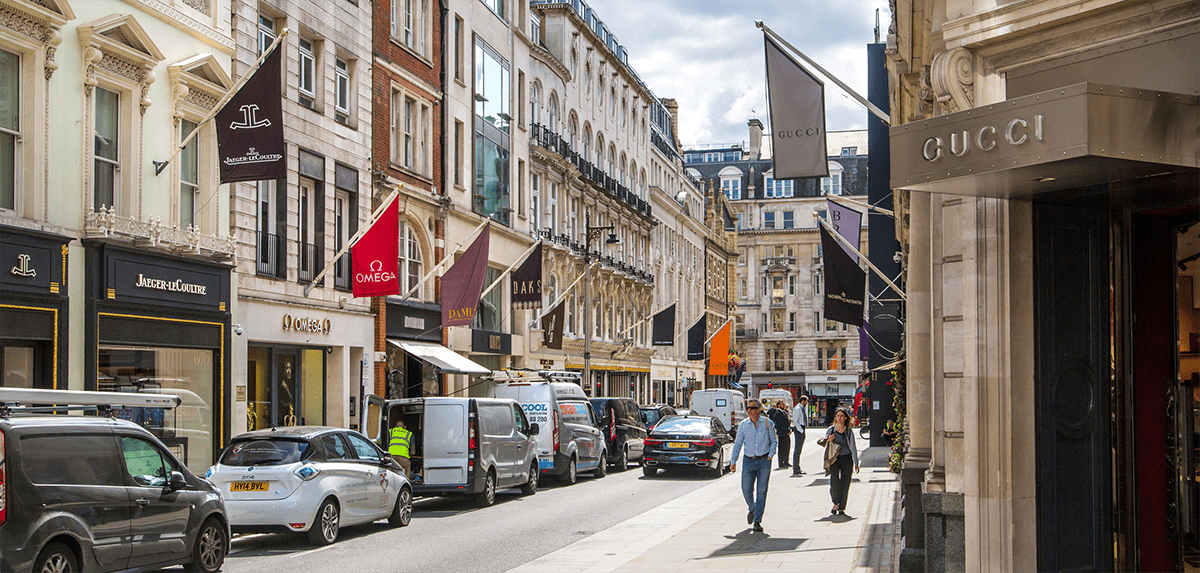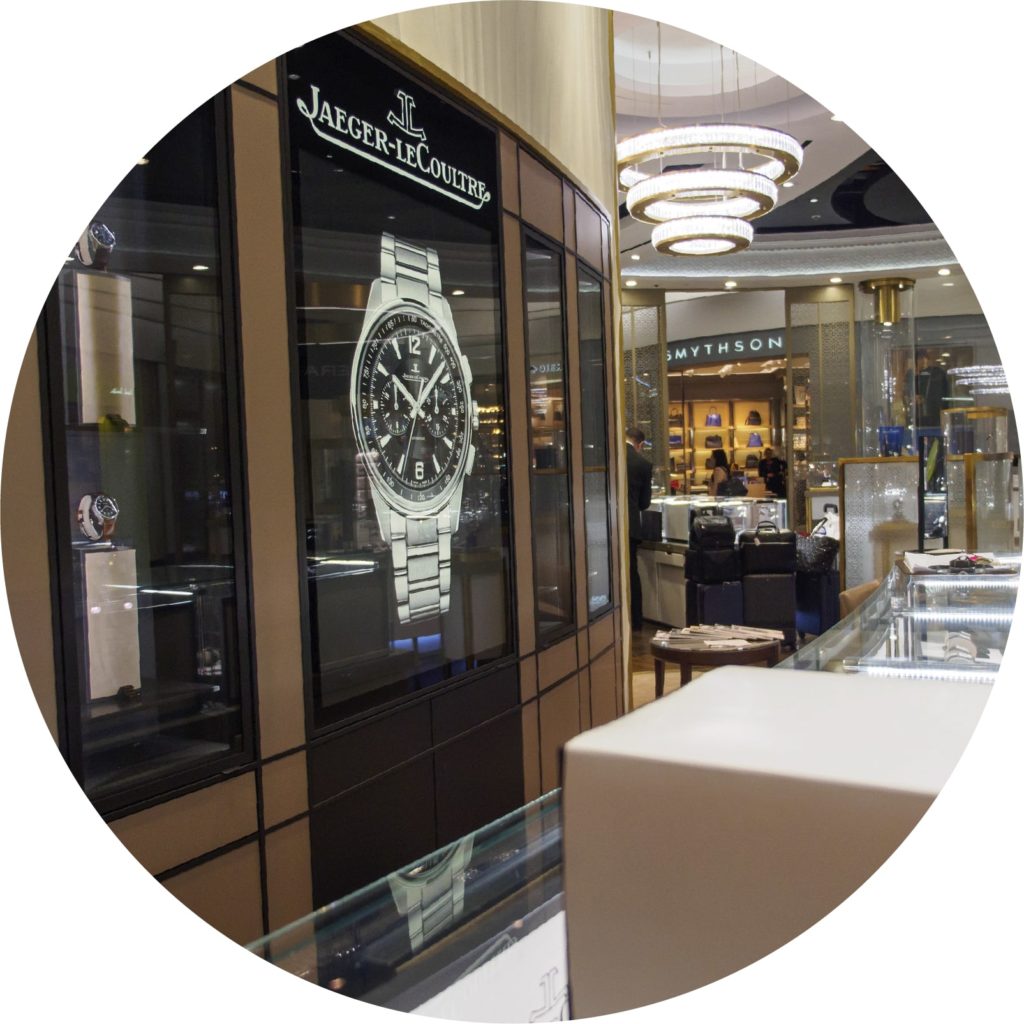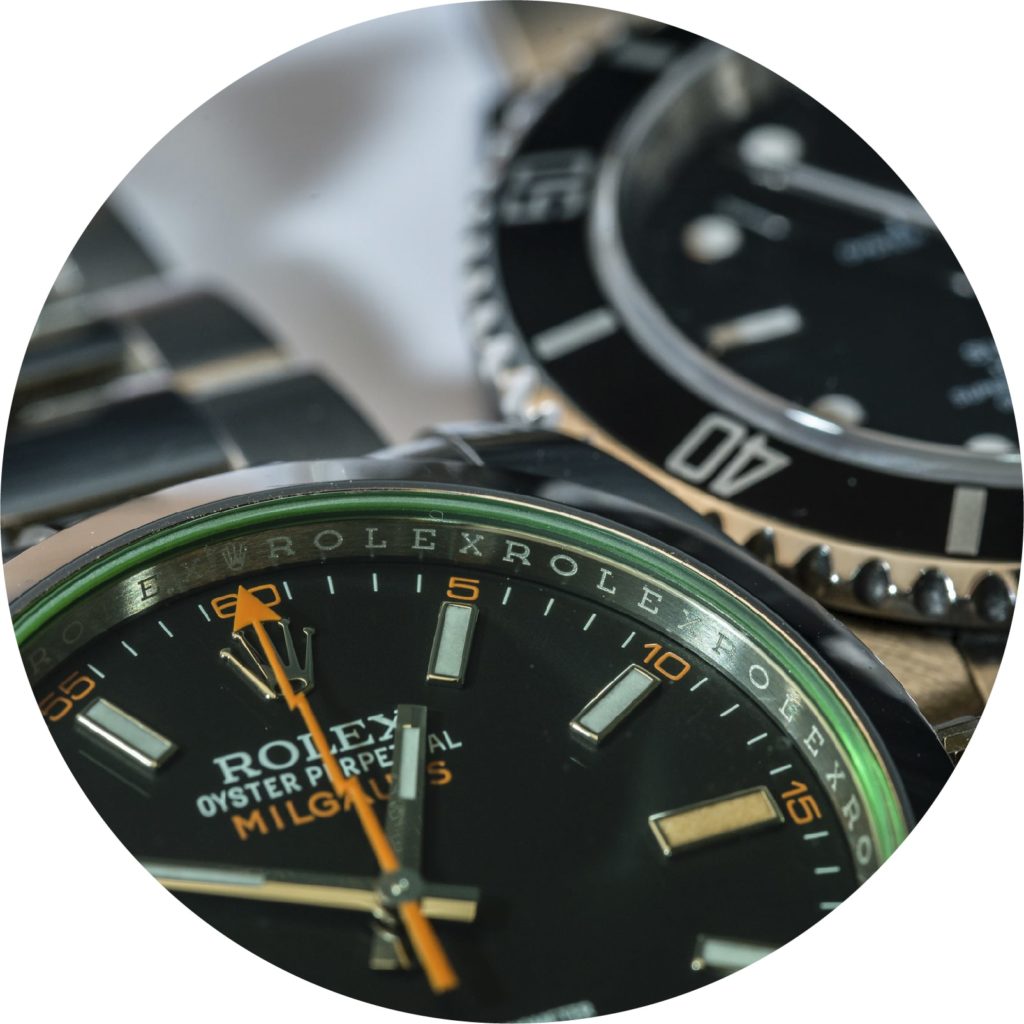Some of the strongest brands in the world sit in the luxury retail sector, offering exclusive products at a high price to wealthy customers. After a poor 2020 due to Covid-19, we have recently seen a rebound in luxury goods spending in several areas, with the strongest brands performing best. The reasoning behind this consumer behaviour is not exact but is likely a combination of increased savings and increased exposure to digital marketing while sitting at home.

In some sectors, luxury wristwatches for example, some brands have become so influential and dominant through this latest luxury boom, that their prices have surged to a level where they have actually moved into a different “tax bracket”, so to speak, thus vacating their usual space and leaving it for competitors to fight over. Aftermarkets or “grey markets” have matured sending some prices soaring well beyond acceptable retail price increases. A domino effect ensues, and brands are now repositioning through strategy revisions.
Branded Marketing is More Important than Ever
Watching these luxury watch brands shuffle and pivot brings up a great opportunity to observe the impact of their strategic decisions. What changes are each brand pursuing to increase the size of their piece of the pie? Are there big risks being taken for big reward with a the-time-is-now philosophy? Why do some brands move faster and some slower when revising strategy? In a year or two will we get to look back and see who the winners are? And importantly, what can we learn from the winners and can we apply it to branding strategy in general?
To set the stage, let’s first think here about what the winner will look like. Every luxury brand has a base of values it caters to. Winners will be masters of the customer experience, both through the traditional “make-me-feel-special when I go to the boutique“, and through modern digital marketing methods. Winners will be keen to retain exclusivity, and to find ways to offer prestige by leveraging this. And perhaps will winners employ some less straight-forward brand-building tactics that other can learn from? Here are some ideas from the watch business that may be insightful to any brand:

1. Go Long
Strong brands are not built overnight. It takes years and years to build a recognizable, meaningful brand, even in a local context. So if longevity is what you are after, avoid the risk of becoming a fad and take your time. Make a clear vision of what your brand will look like in 5, 10 or even 20 years. Plan the long-term steps your brand will take during those timespans. Make sure each step is aligned to your values and your end vision, but still leave room to pivot.
Zenith, a luxury watch manufacturer, has a rich history. Starting in 1857, they came to the forefront in the 60’s when they were among the first to use a chronograph in their watches, and well into the 90’s provided mechanical movements to names like Rolex. However, the brand was never really well known out of the watch community (note: the entire country of Switzerland is considered part of the watch community) and in the early 2000’s they were flirting with futility.
Since that period, they have fought back, but slowly. The brand basically had to be built up from scratch, albeit supported by heritage. Now over the last 20 years, through a few different types of CEO’s, through model expansion, experimenting, and craft quality increases, Zenith is really starting to position itself. Is it as well-known like Rolex? Definitely not. Is it propelling itself into the next tier? Arguably so. With its latest release, a bold move was made in revamping their “Chronomaster” line, and they have really attacked the space vacated by the Rolex’s lack of availability. It now has the potential to be the brand it deserves to be. And it took a long time.

2. Be Cutting-Edge
Show the world what you can do. Every retail brand has to choose its offerings carefully to maximize margin while providing the customer with the value they demand. These offerings sometimes cannot truly define the skills of the brand and will always face competition. To define the brand, think of showing off your mastery outside of your offering. It shows what you are capable of, even if this it is not your main business. Take your trade, your craft, your specialty, or whatever you wish to call it, and look for a way to show it off as a real symbol of your brand that makes people take notice and attract them to your other offerings.
Jaeger-Lecoultre is a historic brand in the luxury watch space with a long history full of illustrious achievements. In the past, they were even known to provide mechanical movements to Rolex and Patek Philippe. Today, they are known as “the watchmaker’s watchmaker”. The bulk of their watch sales come from a few lines, the Master, Reverso, and Polaris collections. They offer complicated versions in each line, and dive into precious metals. They are viewed at a tier below the biggest players at a lower cost, but definitely would be still considered luxury.
Though known for somewhat conservative designs, and with a stable brand, Jaeger-Lecoultre in 2019 showed the world what they can do and reminded them that though they do not operate in the top space, they are more than capable of creating a masterpiece. They released the Gyrotourbillon 3, a hand-wound creation far too complex to describe here. This watch only had eight examples produced and were for sale in excess of $500,000, being symbolic of their brand and generating significant attention. This watch will not make or break Jaeger-Lecoultre, but when you see their name now, you know they are true masters of horology.

3. Mystique is Irresistible
Make your customer yearn for your products. Have you ever watched a great thriller film where you sit on the edge of your seat, or do you remember the obsession of who shot JR on Dallas? If you can think about a moment like this, consider the feelings that came over you: curiosity, mystery, and anticipation. Feelings like this can be brought out by a brand. By how they act, how they project their image, and what they don’t say, a brand can be built and developed in a way has the customer yearn for their offerings.
Rolex is a name that does not have to be introduced. Started in 1915, the company has risen to become the largest luxury watch company by revenue. Their team has worked methodically on developing and protecting their brand over the last century, and today their various models are among the most highly sought-after watches, with waiting periods at retailers running into the years (if you are lucky enough for them to take your name). With a cult-like following spanning the globe, they truly embody the meaning of brand power.
Core to the Rolex brand is its mystique. Made partly possible by its corporate structure similar to a non-for-profit trust that allows for limits to their transparency, the mystery of their internal workings looms large, with few being aware of their overall strategy or their tightly held trade secrets. Every year during the spring, people wait with anticipation of the new Rolex model releases, which Rolex provides with only minor tweaks that drive the watch world mad with excitement. What happens inside that office in Geneva? Will they change the colour of the text on their next release of some of their hottest models? Will you ever see their latest models in a store? How do I get one? These are all hot on the mind of every watch enthusiast. Sometimes the less you tell, the more consumers want to know.
Building a brand is one of a company’s most important objectives. Whether or not you promote a luxury brand, you can borrow techniques of going long, producing cutting edge editions, and building mystique to drive up your brand’s perceived value.

